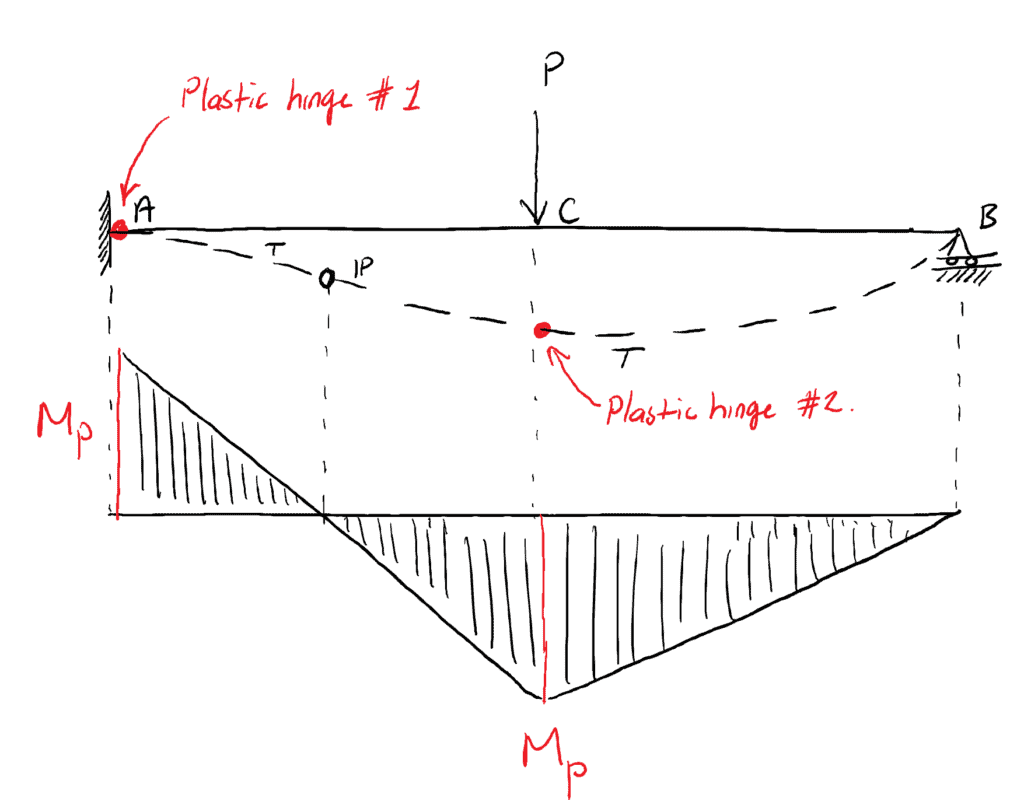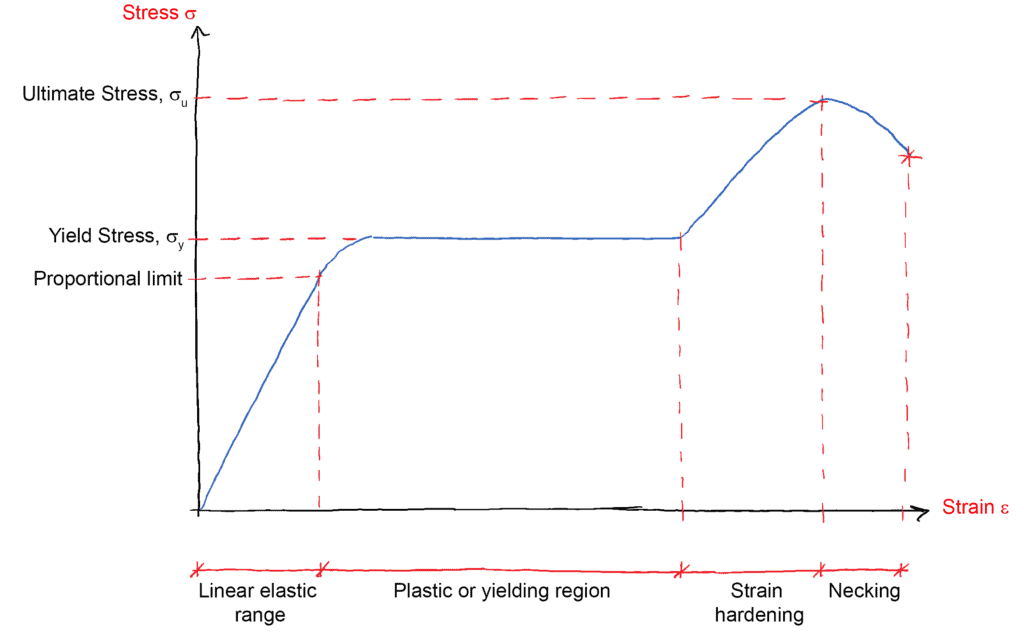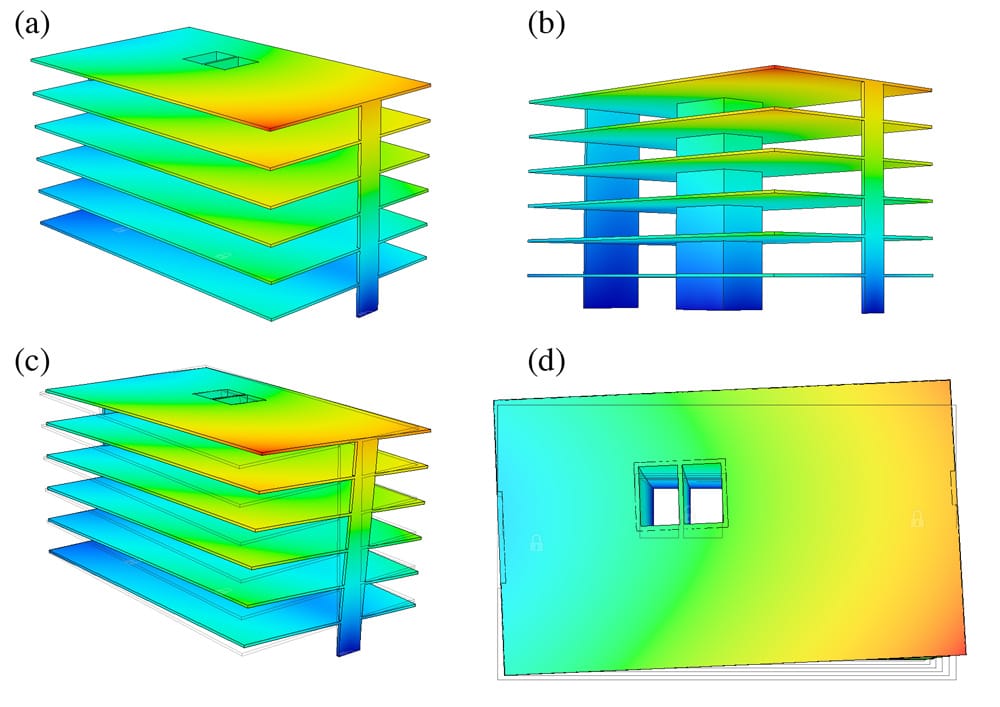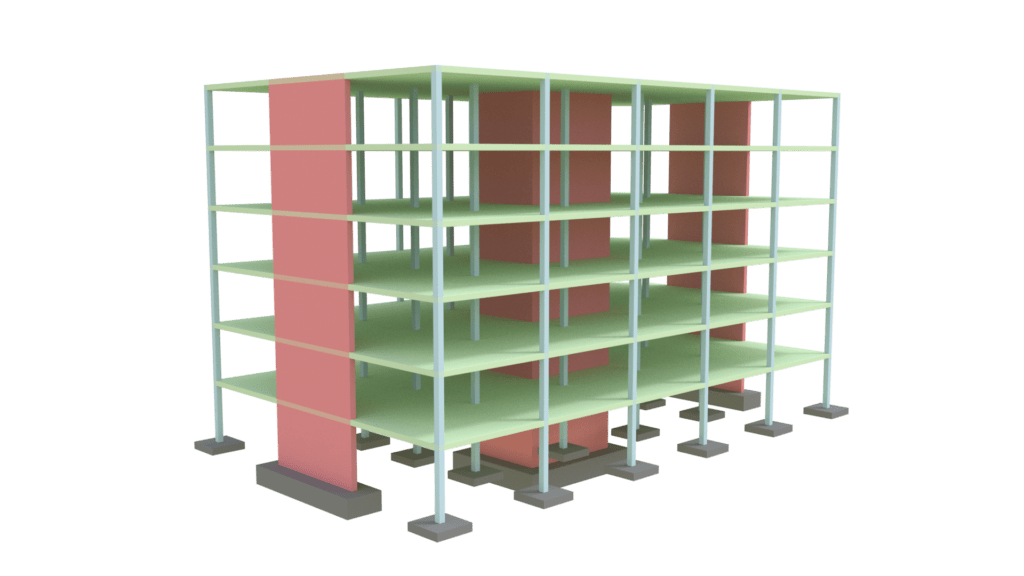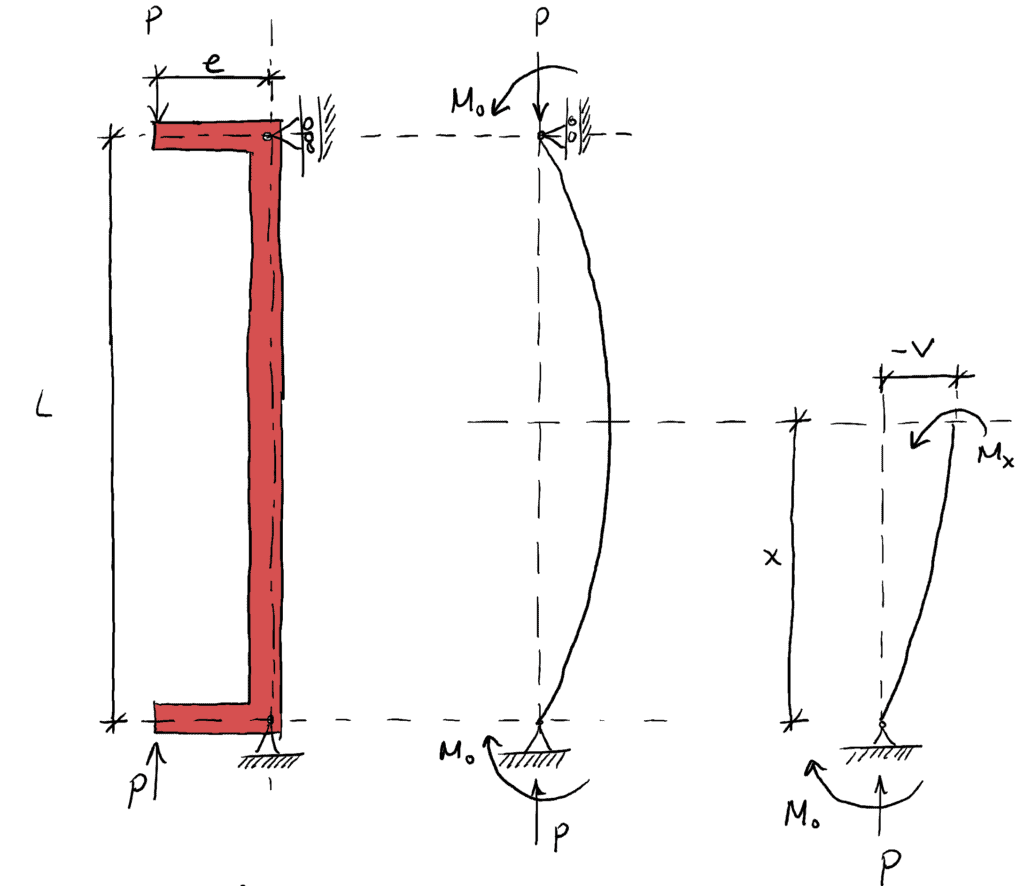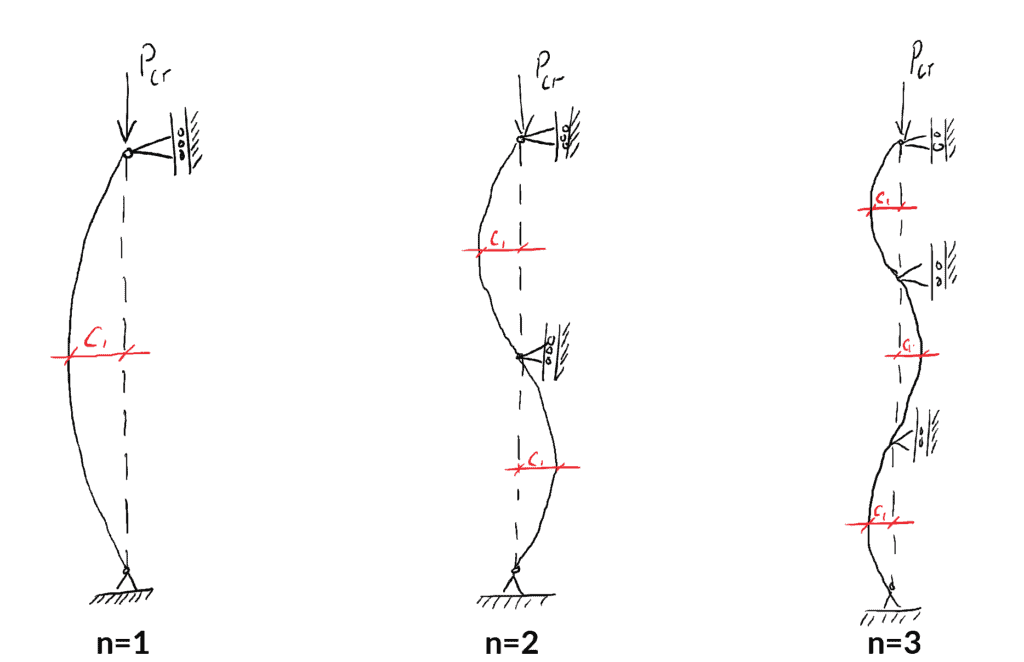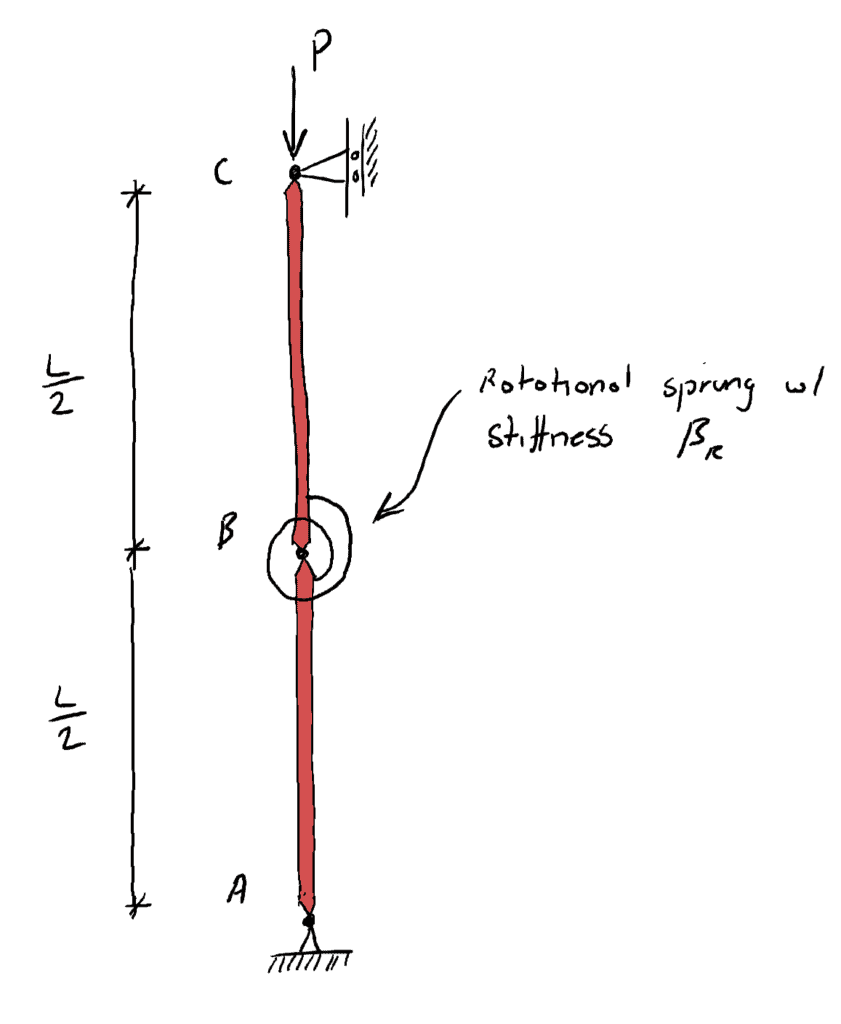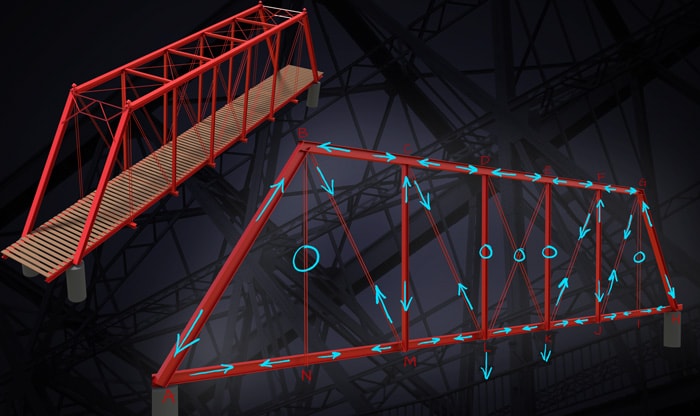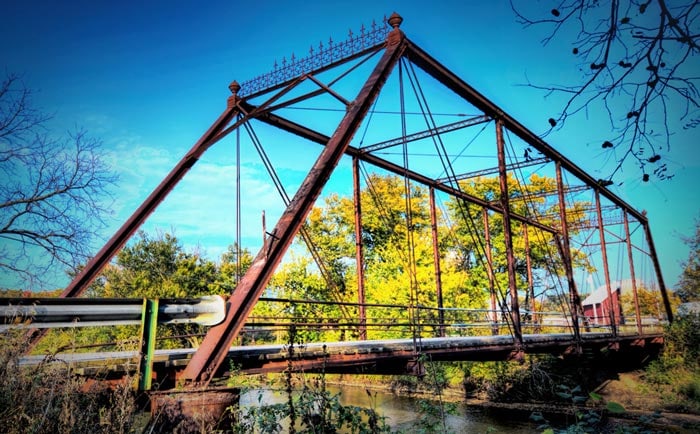Yielding, Plastic Deformation and Moment Redistribution in Beams (2/2)
In this tutorial, we’re going to work out exactly how to determine the plastic moment capacity of a cross-section. We’ll also explore the concept of moment redistribution with an illustrative example. By the end of this post you’ll be able to calculate the plastic moment capacity of any cross-section and understand in detail how moment redistribution occurs in a structure and ultimately how collapse can occur as a result of hinge formation.
